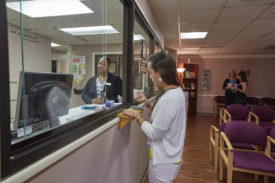Apparently, kids in California have a lot of flame retardants in their blood. Last year, two studies—one of 6-9 year-old girls, and one of 2-5 year-olds—found that levels of PBDEs were much higher in California kids than elsewhere in the US. And average US levels, in turn, are much higher than found elsewhere in the world.
Now, in a newly published study of 7-year-old Hispanic children, researchers found PBDE concentrations of about 90 parts per billion in blood lipids—roughly equal to the levels found in 6-9 year old girls in California. By comparison, our study of new mothers from the Pacific Northwest found about 55 parts per billion in breast milk lipids. (These numbers are geometric means: I had to go back into our data to calculate the geometric mean for our samples.)
The interesting thing to me is that PBDE manufacture in the US stopped over 6 years. Yet the chemicals are still showing up in kids’ blood.
Sadly, this should come as no surprise: over the preceding decades, the furniture industry added millions of pounds of PBDEs to foam furniture padding sold in the US. And over time, the foam sheds PBDEs, where it accumulates in housedust—meaning that most Americans have a significant source of a troublesome chemical contaminant right in their own homes. I’m certain that I do.
As older foam furniture continues to degrade, expect that researchers will continue to find that kids have high levels of flame retardants contaminating kids’ blood. And I wouldn’t be a bit surprised if the levels wind up being higher in lower-income kids—who are most likely to live in homes with older or used furniture. It all makes me wish that we’d exercised some basic precautions up front: this is a clear case where an ounce of precaution could have reaped many pounds’ worth of peace of mind.







